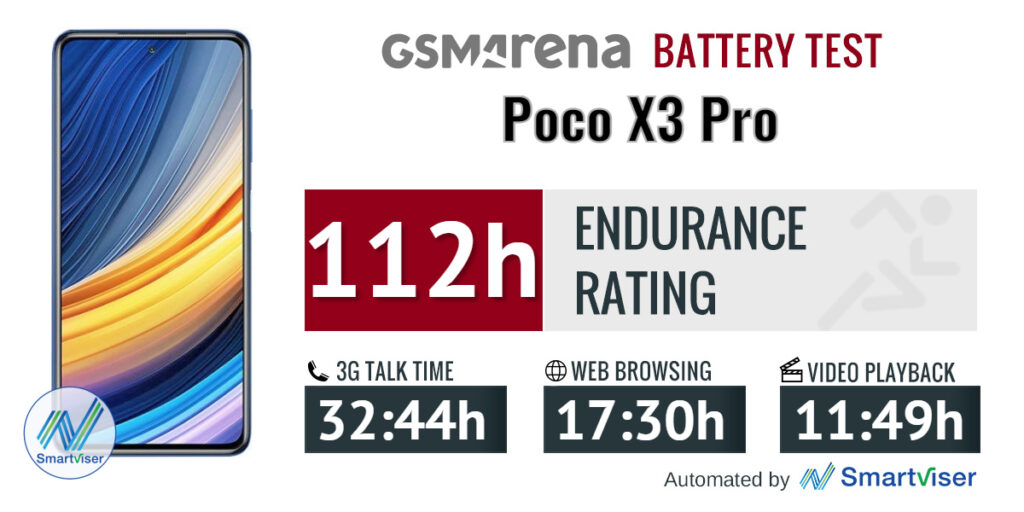Defining Your Design Objective
The objective of a logo is to be simple, unique, memorable, and versatile. When designing your logo, the essential factor to consider is knowing how you want people to perceive your company or product's image. Do you want to attract new customers? Do you want people to remember your brand? Or maybe you're just trying to keep the competition out?
All of these are great reasons to have a logo designed. But think about what design elements you want to use to reach your goals. Here are a few tips:
1. Simplicity Is Key!
When designing something that represents yourself or your company, it's not necessary to make everything excessive. Remember that the goal of your logo is to be unique, memorable, and versatile. This means you wouldn't want to have a logo with 15 different colors or designs; remember, you may need this logo for many different media types such as web, print, t-shirts, hats, etc., and having too many design elements may not be the best way to go.
2. Know What Font Works Best For Your Logo
It's unnecessary to have every font on your computer in your logo, but it is prudent to know what fonts work well together and which ones you want to avoid. For example, a great combo would be using the font “Helvetica” for the letters and an elegant font such as “Quicksand” or “Arial Rounded” for the text underneath.
You'll have to decide which fonts work for your brand.
3. Use Only One Font
This rule is debatable, but most logo designers agree using more than one font will make your logo look bad. Unless you're an expert in typography, it's advised that you stick with this simple rule of thumb if you want a good logo.
4. Use As Few Colors As You Can
If we could use only black and white for the rest of our lives, we would probably be happy. However, since that's impossible, try to create a logo with as few colors as possible. This will help your logo stand out from others by making it unique and memorable. If you want to use more than two colors, try to find a balance by using one primary color for your logo and adding as many secondary colors as needed. A good example would be the Coca-Cola logo (red and white) or Adidas (black and yellow).
5. Be Influenced By Other Logos, But Don't Copy Them
There is nothing wrong with getting inspiration from other logos. It's a designer's job to look for aesthetic qualities and make decisions based on those impressions. Be sure to learn from the works of others, but at the same time be unique. Don't make your logo so overly complicated that it loses its meaning or becomes too difficult to use.
6. Make Sure Your Logo Is Versatile
You'll get the most use out of a logo you can have on many different types of media. A great example would be the FedEx logo that clearly shows how effective simplicity and versatility can be together in one design.
Give all these tips some thought as you begin designing your next business's logo. Remember to be simple, unique, memorable, and versatile for your logo's message to get through.








